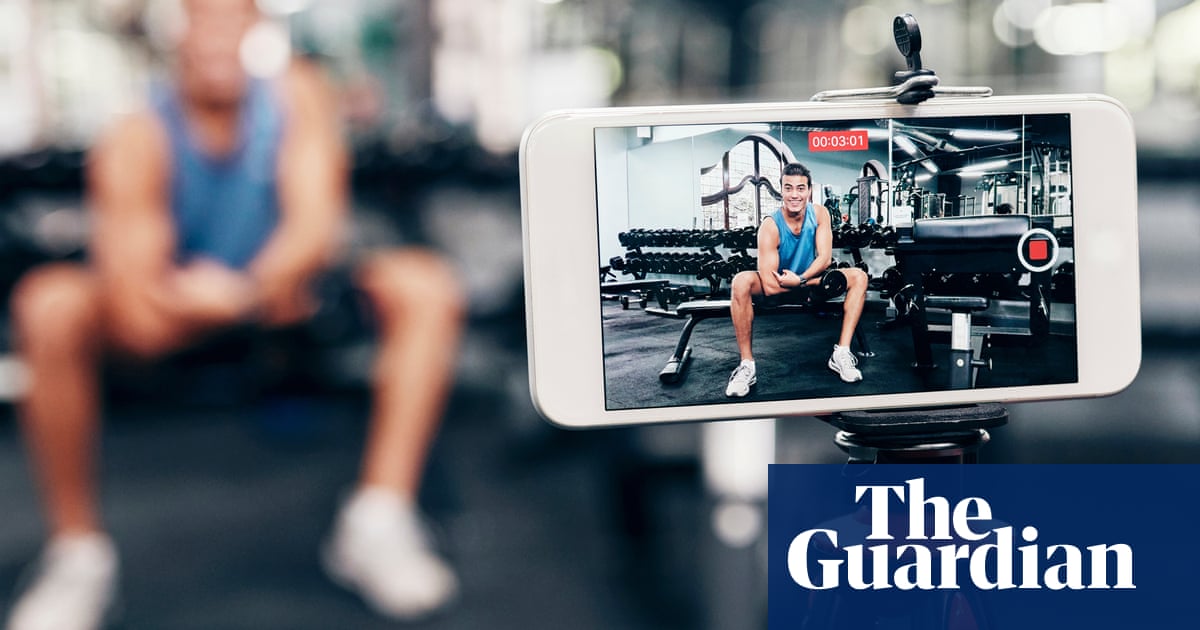Content on platforms such as YouTube, TikTok andInstagramwill attract more advertising income this year than content from traditional media companies, according to research, marking a “huge cultural shift” for the media world.
User-generatedmaterial – videos, podcasts and posts put together by individual creators – will eclipse the ad revenue attracted by professional media produced by TV networks, cinemas and news companies, the analysis found.
It comes alongside a sharp increase in the advertising income attracted by creator-generated content amid a hugeglobal change in viewing habitsand media consumption.
Content creators are expected to see their revenue through ads, brand deals and sponsorships increase by 20% this year, according to an assessment by WPP Media. It is expected to more than double to $376.6bn (£278.3bn) by 2030.
“In 2025, for the first time, more than half of content-driven advertising revenue will come from user-generated platforms and content rather than professionally produced content,” the analysis states.
In reality, the distinction between user-generated content and professional production is blurred. Many content creators use high quality production and WPP Media acknowledged they can often cooperate and overlap with traditional media platforms.
However, the findings bring home the rapid change that global media is experiencing as users turn to digital platforms, via smartphones. The report said the shift was “profoundly impacting” the media world.
“Although individual creators often rely on professional media channels as source material, the idiosyncratic takes and views mean that any individual’s media diet is likely increasingly personalised, and potentially focused around a particular topic or point of view,” the report states.
“Those audiences may come to view their purchase decisions as extensions of those belief systems and views as well, more so than in previous eras where brand messages more often appeared in professionally produced content that may have been regulated for objectiveness and fact-based commentary.”
Senior industry figures from across television, podcasting and media have told the Guardian that YouTube in particular has become the central plumbing of the media world, taking a share of ad revenue for the content it hosts. Traditional media has felt increasingly under pressure toupload its content to the platform.
The profound shifts have also ensured that media traditionally reliant on advertising has been battling to hold on to that income, as well as cutting costs elsewhere. The UK has recently seenITV initiate a major shake upof its daytime television programming, with hundreds of jobs at risk.
Channel 4 has announced controversial plans to create an in-house studio to find new sources of income. The broadcaster has also bet big on having its content on TikTok andYouTubeas it attempts to gain more younger viewers.
Douglas McCabe, chief executive of Enders Analysis, said the changes in media consumption towards online platforms represented “a huge cultural shift in a short period of time”.
“Advertising revenue has followed that pattern,” he said. “With [online search] referral traffic declining, the journalism sector has a huge battle on its hands,” he said. “Media will have to communicate the benefits of their methods and missions with a forceful clarity.”
In another sign of the sea change taking place, just five companies accounted for 54% of all revenues last year – Google, Meta, theTikTokowner ByteDance, Amazon and Chinese e-commerce outlet Alibaba.
